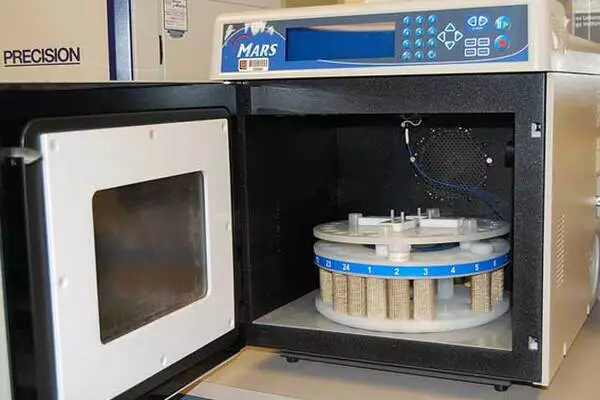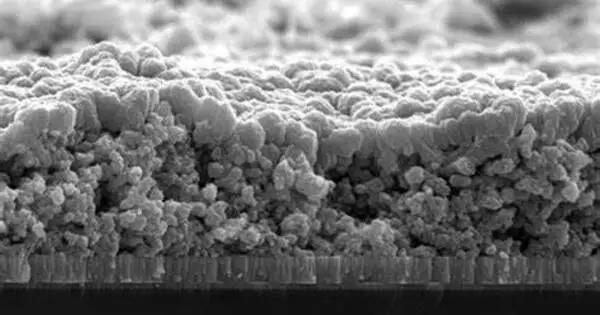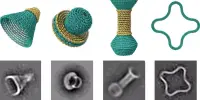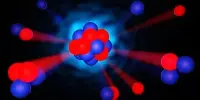Microwaves are a form of electromagnetic radiation that, due to its particular heating capabilities, can be used in a variety of industrial and scientific applications. A microwave technology developed at Macquarie University will improve solar cell manufacturing and make them easier to recycle.
Several high-temperature techniques known as annealing are used during the production of solar panels. The cells are currently being baked in an oven. However, a team lead by senior lecturer Dr. Binesh Puthen Veettil of the School of Engineering has demonstrated that heating with microwave radiation is nearly as efficient in a work published in the US Journal of Applied Physics Letters. It also saves time and energy and has other advantages.
Because microwave radiation selectively warms silicon, the effects are almost instantaneous, resulting in huge energy savings. This is due in part to the fact that the rest of the laminated panel of glass, plastic, and aluminum is mostly unaffected. It is this attribute that has resulted in an unanticipated recycling benefit for which the organization has a patent application pending.
Until now it made economic sense to just dump the panels in the landfill. In the rare instances when they are recycled, you crush the panels, heat them to about 1400°C and wash them with chemicals to remove the plastic – a highly energy-demanding process.
Dr. Veettil
Recycling benefits
The plastic (ethylene vinyl acetate) layer that protects the silicon plate from moisture and contamination softens to the point where it can be mechanically peeled off after microwave treatment. That implies the plate may be easily delaminated and reused without the need of harsh chemicals.
“Until now it made economic sense to just dump the panels in the landfill,” says Dr Veettil. “In the rare instances when they are recycled, you crush the panels, heat them to about 1400°C and wash them with chemicals to remove the plastic – a highly energy-demanding process. But now, as the solar panels which began to be installed in vast numbers about 20-30 years ago are reaching the end of their life and being decommissioned, governments are demanding they be recycled.”

Selective annealing
There are various other advantages to microwave annealing. Because microwave radiation may be focused, the heating it causes can be selective and highly tuned. Some of the newest panels, for example, use heterojunction technology, which interleaves crystalline and amorphous silicon. Faster, more precise annealing is particularly advantageous in these cells.
Because precise focusing allows annealing to be directed to specific sections of the solar panel, it is suitable for annealing solar panels with more sophisticated internal structures manufactured for unique applications. In addition, unlike an oven, where various chemical compounds are discharged from the walls, microwave annealing occurs in a clean atmosphere. “Therefore, there is less contamination,” explains Dr. Veettil. “And the whole process can all be undertaken at room temperature.”
New materials
Macquarie University is also working on various additional initiatives involving solar cells and renewable energy. Associate Professor Shujuan Huang, one of the paper’s co-authors, leads a group studying microwave annealing in perovskite solar cells. Perovskites are crystalline minerals with semiconductor properties that may be employed in solar cells in the future since they are flexible, lightweight, and inexpensive to make.
In this example, microwave radiation created more efficient solar cells than traditional annealing procedures, but the reason is unknown. Part of the current work is being done to answer that question.
















